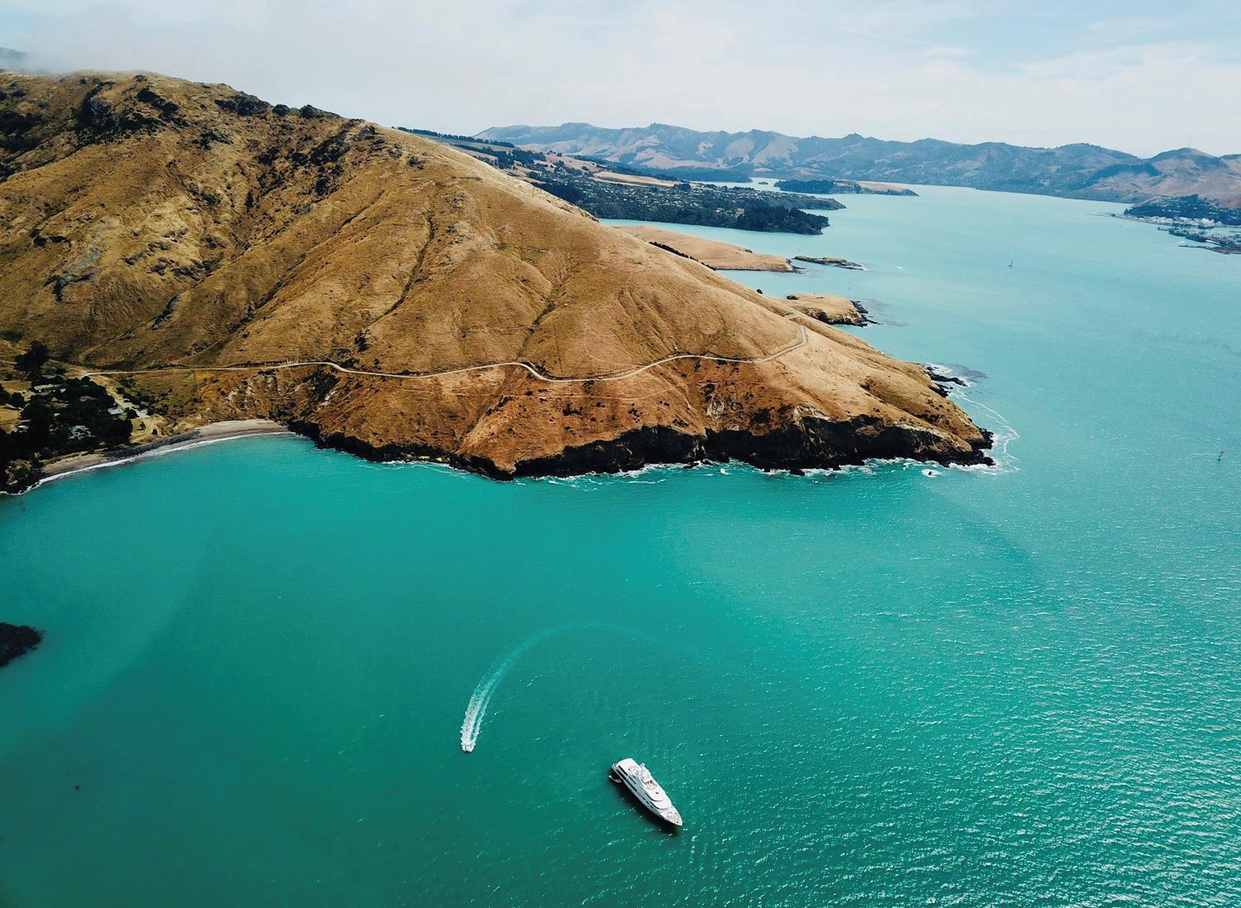Single season, dual season or world cruising…which type of superyacht programme is right for you?
Are you a green crew member taking your first step into the industry, or are you a seasoned veteran wondering which type of itinerary to look for next?
There are several different options available when it comes to a superyacht programme, each with its own pros and cons. In this blog, we’ll explore the benefits of single season, dual season, and world cruising yachts, helping you to determine which might be the best fit for your goals and preferences.
Single season
A vessel that runs with a single season programme is a yacht that is only typically operational during the busier summer months within its chosen destination, such as the Med. During the off-season, the boat is usually in port. As a whole, when speaking to crew regarding a single season superyacht programme, there is a general lack of excitement compared to those with a dual season or world cruising itinerary.
With the below in mind however, I’m not so sure I agree…
From a recent poll we carried out, it seems like there are some quite compelling reasons why a single season programme might be for you. The most popular reason to join a single season vessel, with 49% of the respondents agreeing, is the freedom to do other things in the off-season.
With half the year off, the world is your oyster, and if you have a thirst for freedom and adventure, this could be a great opportunity to jet off and do something completely different. If you are a skiing fanatic, then you might head to your nearest mountain for a ski season in the winter months; if you are a travel addict, then you could go backpacking. The options really are endless.
Almost a quarter (24%) said the main reason they would join a single season yacht is because they can spend more time at home. If you are an experienced and well-travelled crew member, perhaps with children and family at home, then this gives you that extended time off compared to a busier superyacht programme.
The poll also revealed that 19% would choose single season so they could do courses in the off-season, which is worth keeping in mind If you want to progress and get those all-important yachting qualifications under your belt.
Dual season
A dual season superyacht programme is probably the most common within the industry. They are vessels that chase the sun depending on the season, visiting the most popular destinations, which are commonly the milk run routes of the Mediterranean and the Caribbean. Operational year-round, aside from a short period between seasons, these yachts require a full team onboard 365 days a year.
Constant employment and a secure income is fantastic for obvious reasons and clearly an important factor, as it was the most popular answer within our latest poll (32%).
Coming in a close second at 28% was career progression. Joining a busy dual season vessel is going to give you great exposure to the day-to-day operations of your department and allow for your skillset to grow and become second nature. Whilst being part of a busy programme, you’re also going to build on those sea miles which is crucial to progressing up the ladder.
Furthermore, it’s clear that the majority of yachties want to get an Atlantic crossing checked off the bucket list too, as 24% of you chose this as the main reason to join this kind of superyacht programme.
As a recruitment agency, we speak with hundreds of eager crew on a weekly basis, and a common request when looking for their next role is for a charter vessel. It’s understandable…the fast-paced nature of the programme keeps you on your toes, the variety of guest interaction and the ability to earn a handsome sum in tips is often very attractive.
However, this answer was our least popular option with only 16% of those agreeing that this is the main reason to join a dual season itinerary. Perhaps, in retrospect, some crew realise there are some far greater reasons to join a yacht than the chance of charter and lucrative tips.
World cruising
A world cruising itinerary is exactly what it says on the tin. It’s a vessel that cruises to far flung destinations and well off the beaten track. French Polynesia? Southeast Asia? The Galapagos? Maldives? Alaska?
Some of us can only dream of getting the chance to visit even just one of these destinations, but as part of a world cruising superyacht programme, you might be lucky enough to visit them all!
If the above is sounding good to you, you’re not alone, as 74% of those agreed that the opportunity to travel off the beaten track was the top reason they would join a world cruising vessel. It will come as no surprise that boats that explore all four corners of the world cover a lot of miles, and from those who took the poll, 15% of you said that the ability to build up sea time was the number one priority.
Cruising through the crystal-clear French Polynesian waters or gliding alongside the snowy Alaskan peaks is certainly a draw, however there’s much more to do than just site seeing in these destinations.
Joining a world cruising itinerary gives you the rare opportunity to take part in a variety of different activities that you wouldn’t be able to do in your average destination too. Fancy being towed into a barrel at Teahupo’o? Or ever dreamt of heli-skiing down the Alaskan spines? Then you might get the chance during your downtime if you join a world cruising superyacht programme.
Whatever type of superyacht programme you’re looking for, be realistic about the opportunities available. On average, over half of crew vacancies are for dual season yachts, more than a third are aboard world cruising vessels and around 10% are for single season.
Get in touch to find out what great opportunities we currently have.




